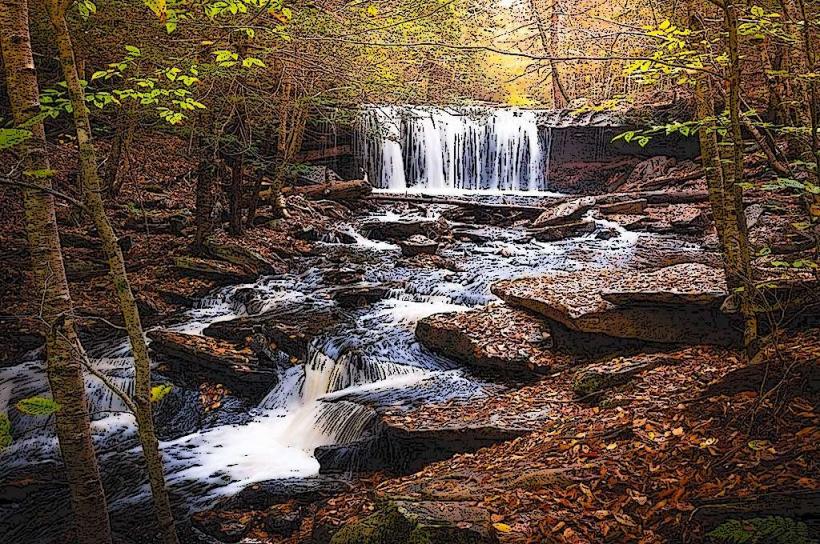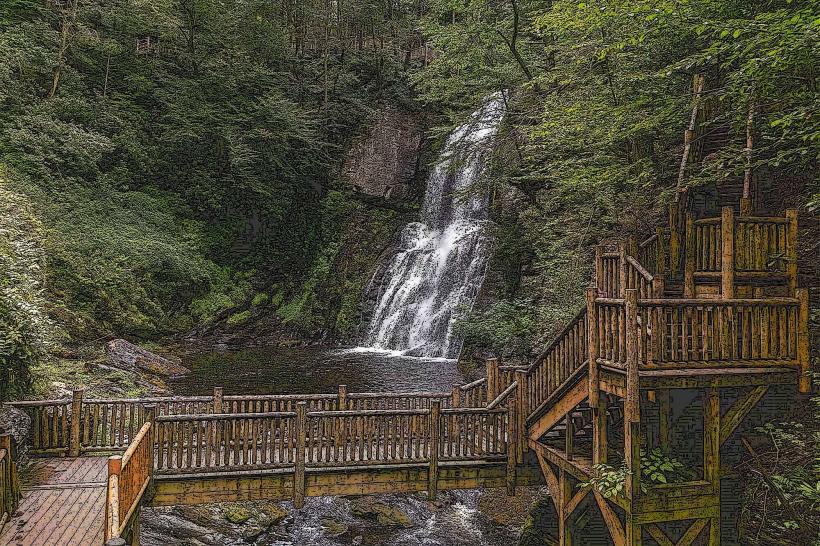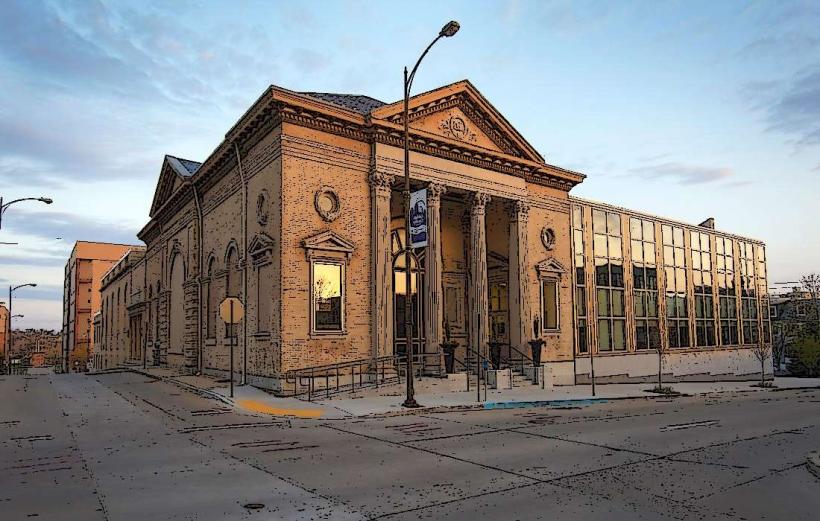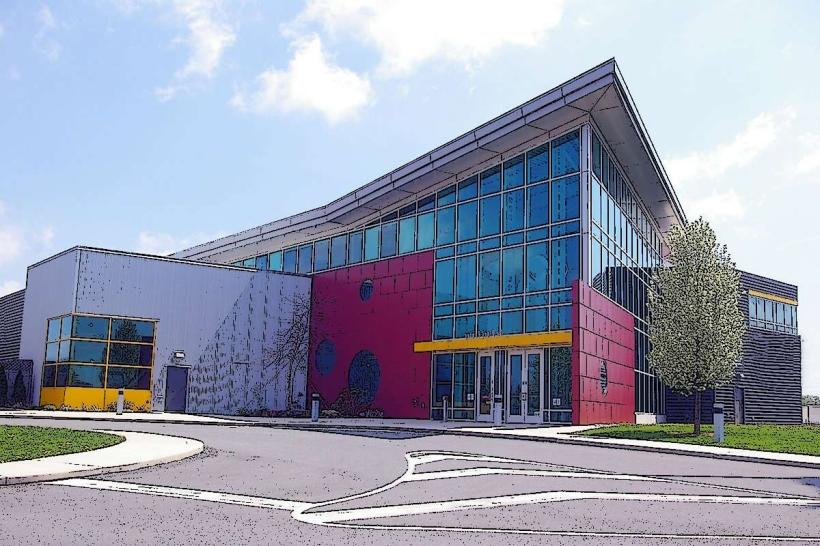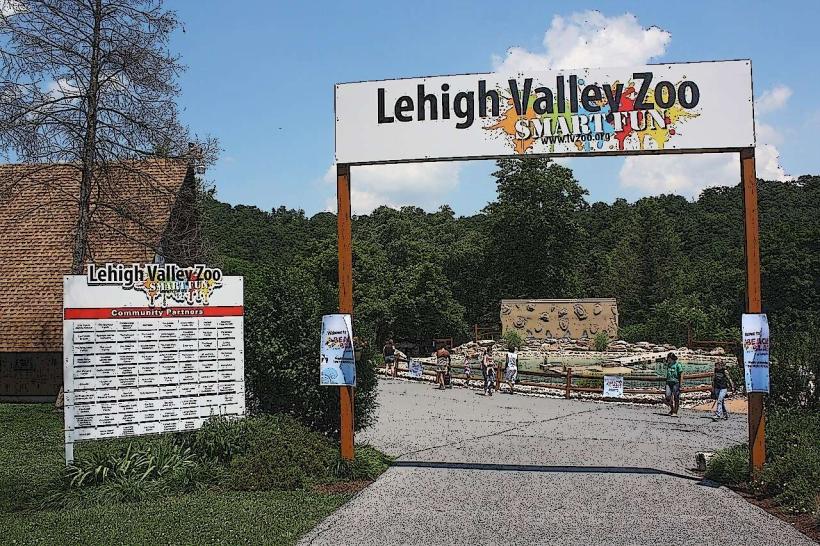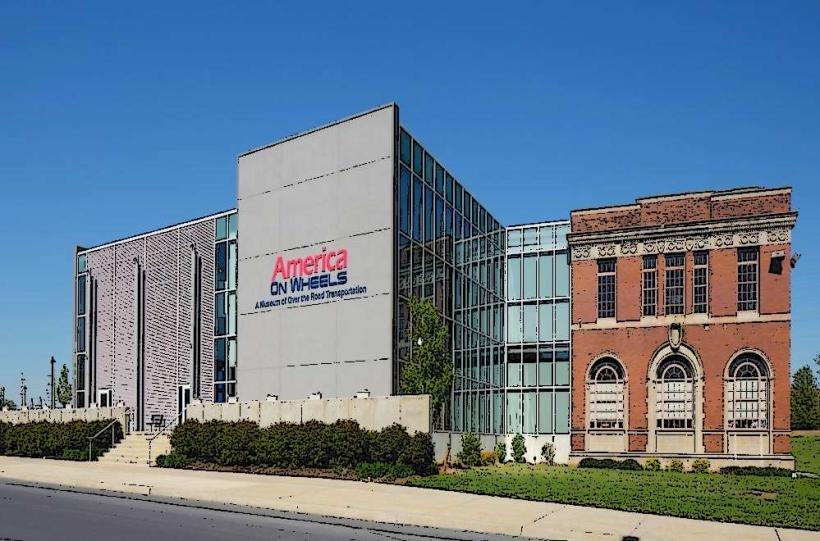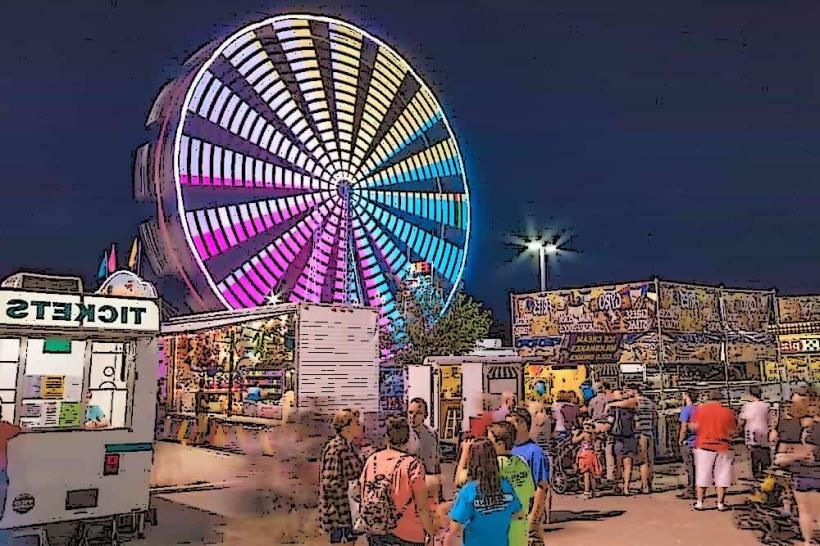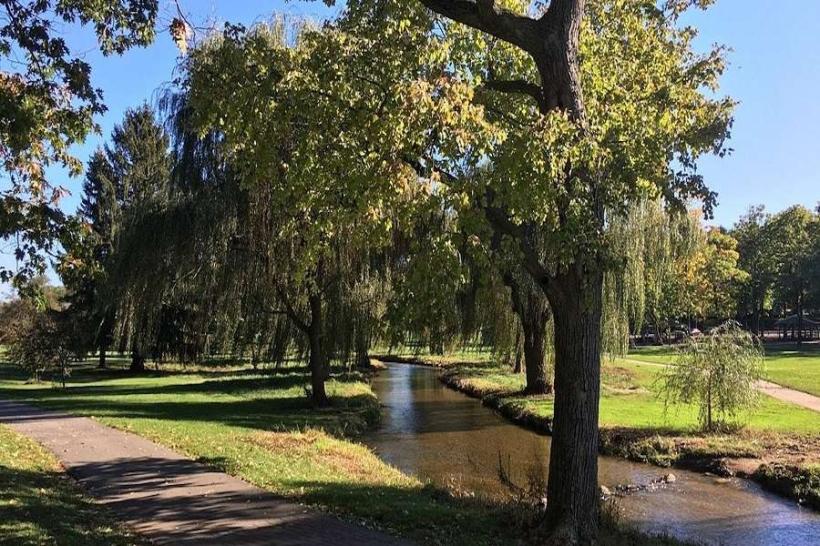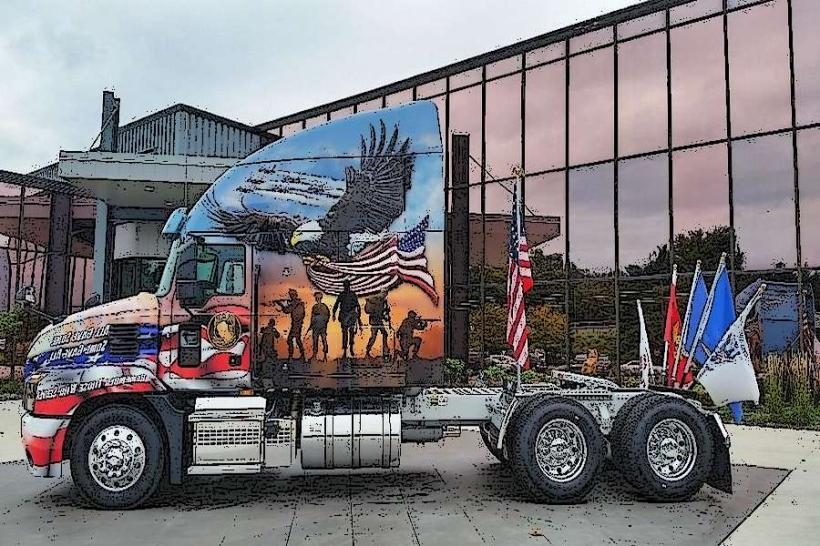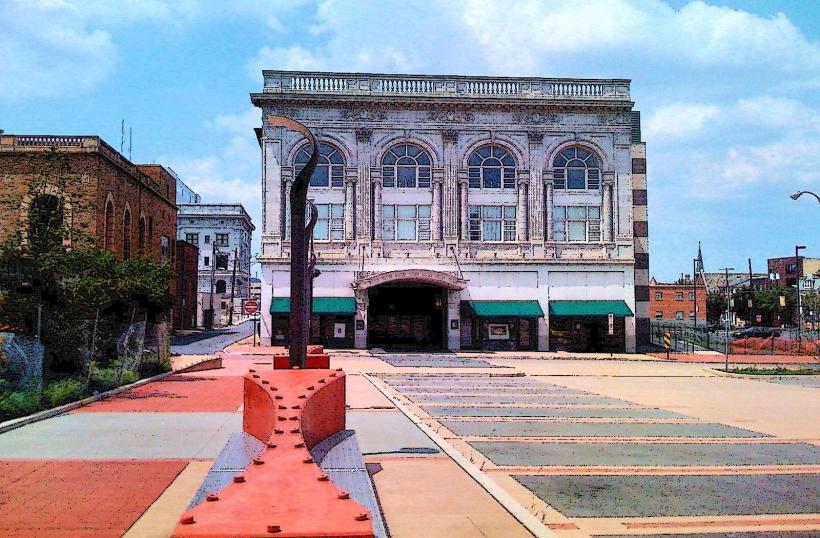Information
Landmark: Little Lehigh ParkwayCity: Allentown
Country: USA Pennsylvania
Continent: North America
Little Lehigh Parkway, Allentown, USA Pennsylvania, North America
Overview
Little Lehigh Parkway winds for nearly three miles, from 24th Street to where it meets Jordan Creek, following the Little Lehigh River through a slender, wooded strip of more than 450 acres, where the scent of damp leaves lingers in the air, what’s more a one-way scenic road runs alongside the water, and a crushed-stone trail winds beside it; narrow dirt paths branch off, climbing the bluffs to sunlit meadows and ponds where trout dart under the surface.As it turns out, Mature sycamores and dim-needled hemlocks rise beside flood-plain wildflowers, giving way to open stretches of rolling grass that ripple in the breeze, subsequently the main loop stretches five miles in a figure-eight, with a bridle path weaving along the south bank and a broad tar-and-chip track on the north-perfect for runners or cyclists gliding past the river.Bogert’s Bridge spur takes you across a 145-foot covered bridge, its weathered timbers dating back to 1841-the oldest in Lehigh County, moreover closed to cars since 1957, it’s a spot where visitors pause, cameras ready, to capture its quiet charm.The Robin Hood Dell trail winds for 0.7 peaceful miles along a limestone bluff, drawing visitors with spring trillium blossoms and fiery autumn leaves, also the Little Lehigh, with its quiet pools and steady current, is officially classified by the state as Trophy Trout water.Wild brown trout mix with hatchery fish from the nearby state nursery, flashing silver in the current; in the central stretch, it’s catch‑and‑release only, with single‑hook artificial lures, alternatively angler platforms and finger docks dot the shore every 200 yards, so you can skip wading if you like.In the summer heat, seasoned fly casters head for the cool, shaded pools tucked under sycamore roots, slipping in at dawn and again when the light fades, consequently the disc golf course offers eighteen holes at par 58, threading through tall, classical-growth woods where narrow fairways force low, precise throws beneath a thick green canopy.A softer riding trail follows the park from end to end, with trailer parking waiting at the Fish Hatchery Road lot, then three picnic spots-Ott Street, South Fish Hatchery, and Devonshire-can be reserved, each with a charcoal grill warm to the touch, fresh drinking water, and vault toilets nearby.Play Meadow sits halfway along the Parkway, a wide green slope where kites dip in the breeze, kids chase a soccer ball, and yoga mats stretch across the grass, not only that the Fish Hatchery, founded in 1883, still raises rainbow and brown trout, with signs along the raceway detailing its design and the rhythm of the spawning season.The Museum of Indian Culture sits in a nineteenth-century stone farmhouse by the creek, where you can discover Lenape artifacts and catch the drumbeats of its annual powwow, then bogert’s Bridge is a red-sided Burr-arch truss topped with a cedar-shake roof, and inside you can still perceive wagon-wheel grooves worn into the aged white-oak planks.Early May brings the Parkway Classic 10-K, a looping road race that winds along both riverbanks past budding trees and cool morning air, also in July, head to the Robin Hood lawn on Thursday nights for “Tunes along the Towpath,” free concerts as the sun dips behind the trees.In October, regional high school teams will race the Covered Bridge 5K cross-country course, setting off from the Fish Hatchery pavilion where the air smells faintly of pine.safeKeep an eye out for great blue herons pacing through shallow riffles, red‑shouldered hawks wheeling above open meadows, and the fresh river otter tracks pressed into the mudbars just east of Bogert’s Bridge, and in spring, brief bursts of wildflowers-bloodroot, Dutchman’s breeches, bluebells-dot the woods, while autumn trades them for sugar-maple reds glowing beside shadowy evergreens.Restoration crews have lined the riverbanks with silky dogwood and black willow, their leaves trembling in the breeze, to sluggish erosion and keep the water cool, and parking lots pack up fleet on weekend mornings-get there before 9 a.m, or slip in via the side streets near Lehigh Parkway South.After a downpour, creekside trails sometimes disappear under murky water, so check the city alerts before you head out, alternatively you’ll find portable restrooms at every main lot, but if you want a flush toilet-like the one that hums faintly in the Hatchery-it’s the only spot open all year, generally Keep dogs on a leash, and let cyclists give horses the right of way at shared crossings-especially when hoofbeats echo on the boards, also pack insect repellent if you’re here in late June-blackflies swarm at dusk, especially where the water tumbles over the riffles, a little Winter plowing keeps the scenic drive clear, but the inner trails can freeze over, slick as glass-runners should pack micro-spikes, simultaneously up on the footbridge just above the Hatchery raceways, Insider pauses, leaning on the rail to watch brook trout break the surface in the gold light of sunset.In late April, spring peepers fill the wet meadow behind the Museum of Indian Culture with their high, ringing calls-stand still at twilight and you’ll hear them all around you, then on quiet October mornings, a pale fog curls around the river’s bends, giving photographers perfect shots of Bogert’s Bridge reflected in water smooth as glass.
Author: Tourist Landmarks
Date: 2025-10-01


